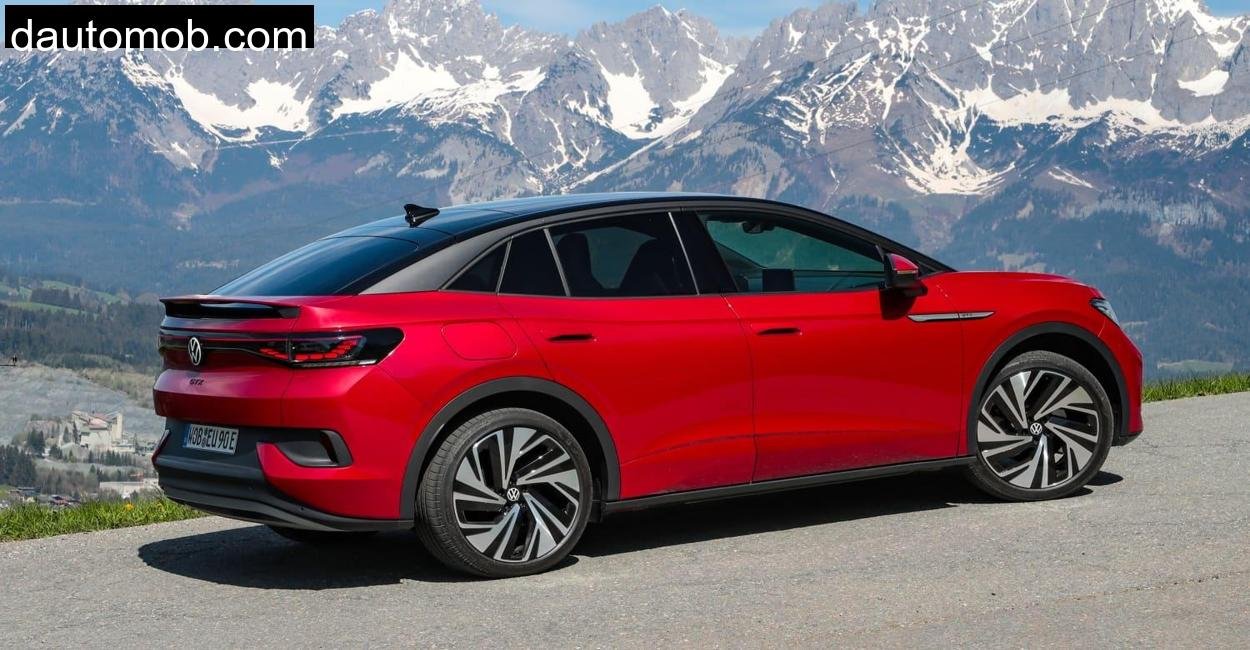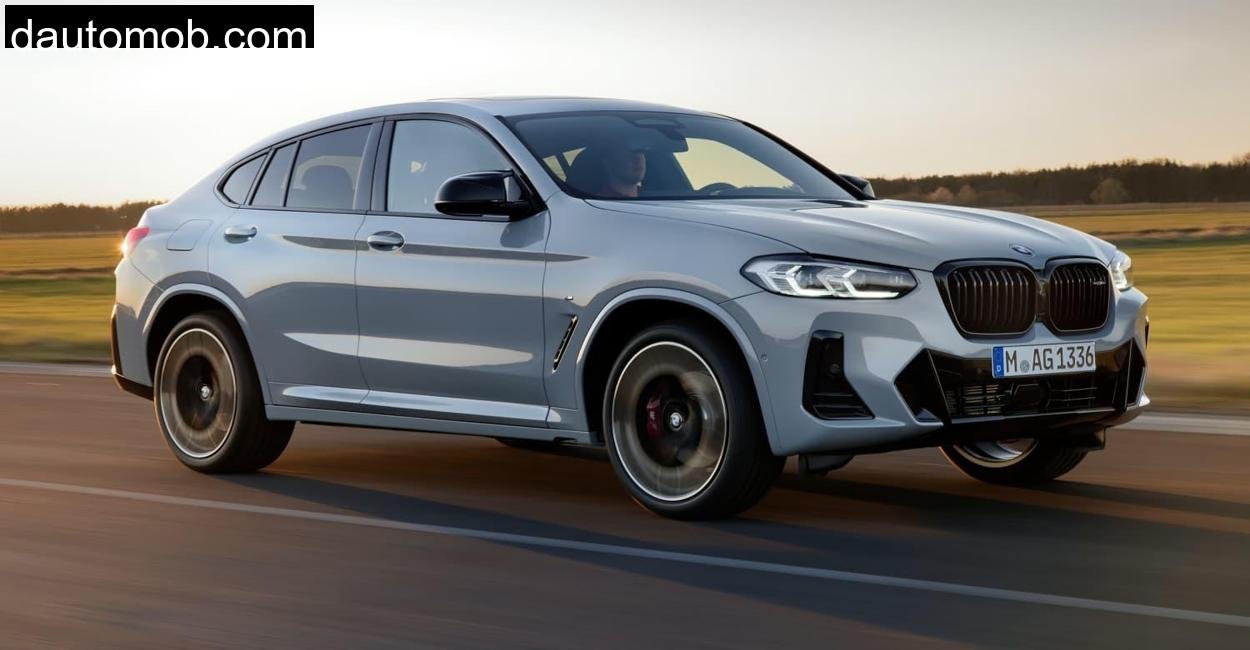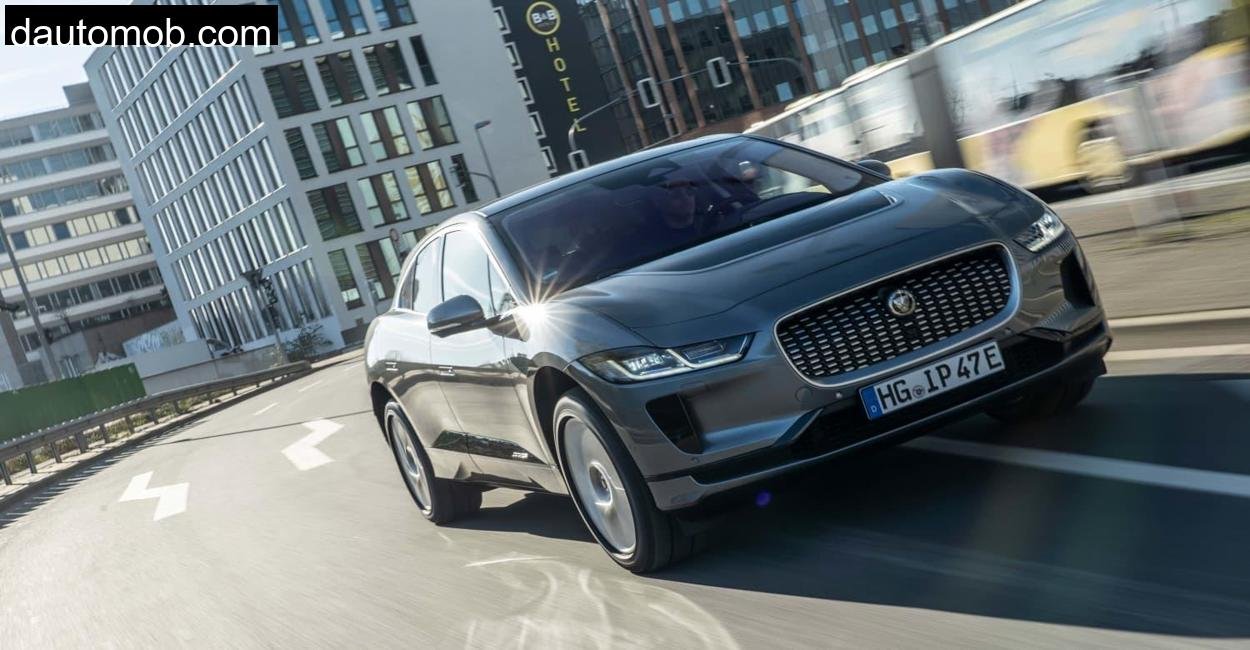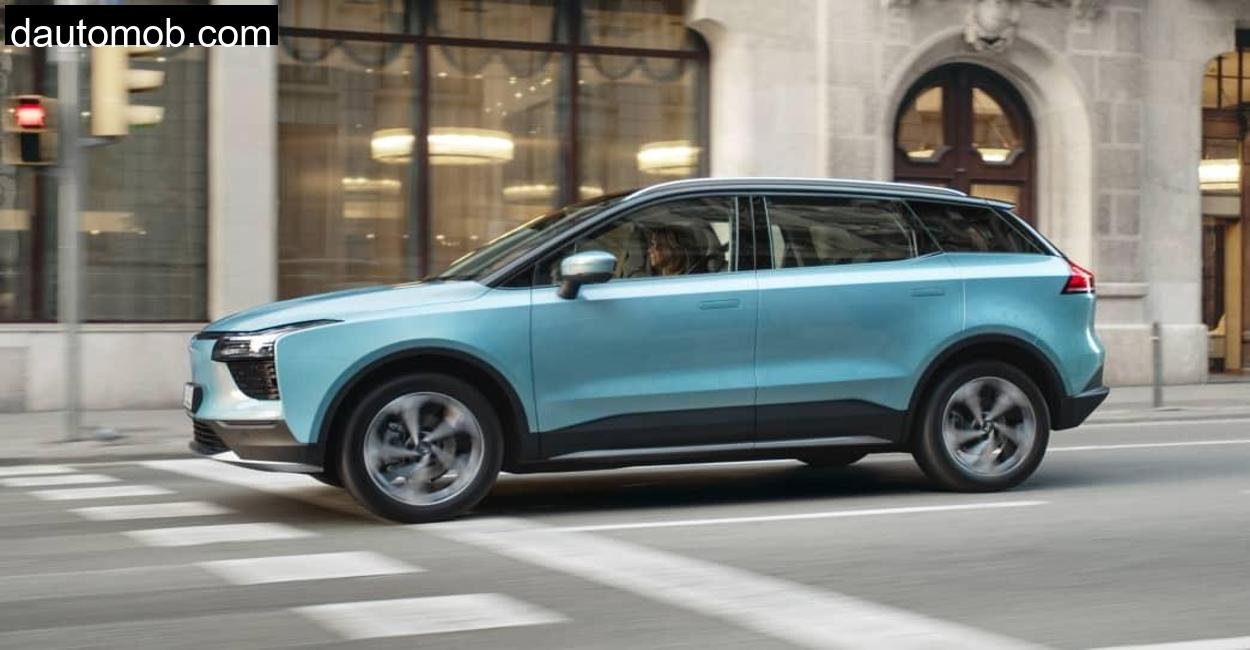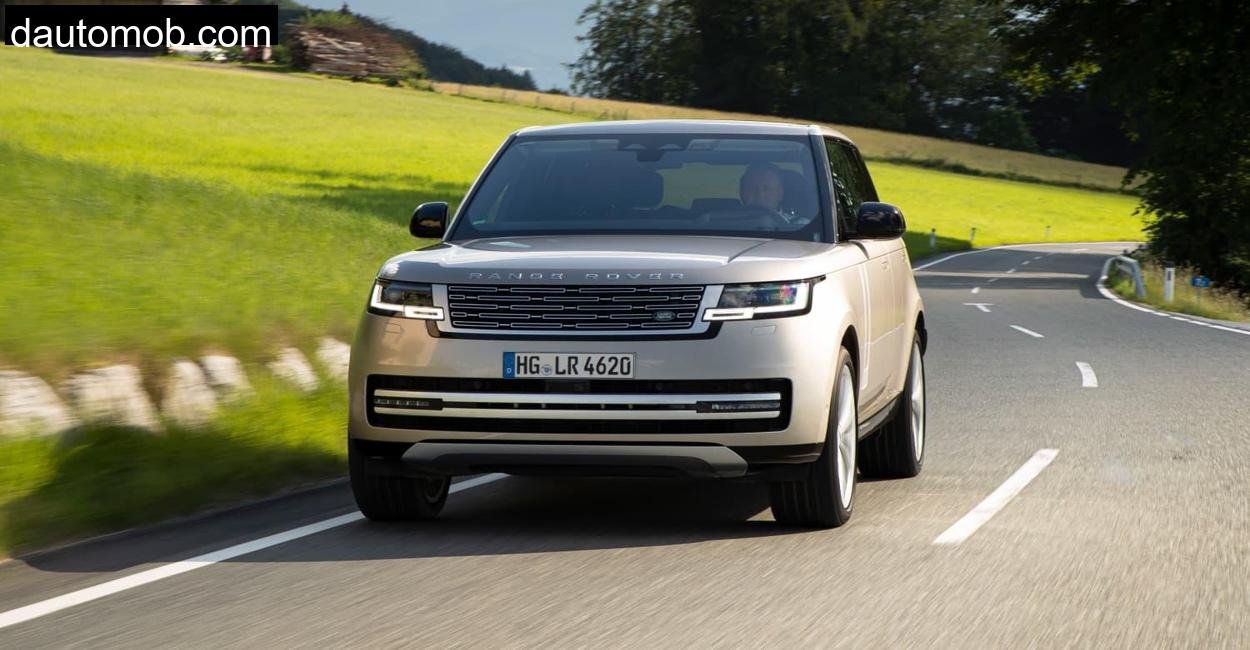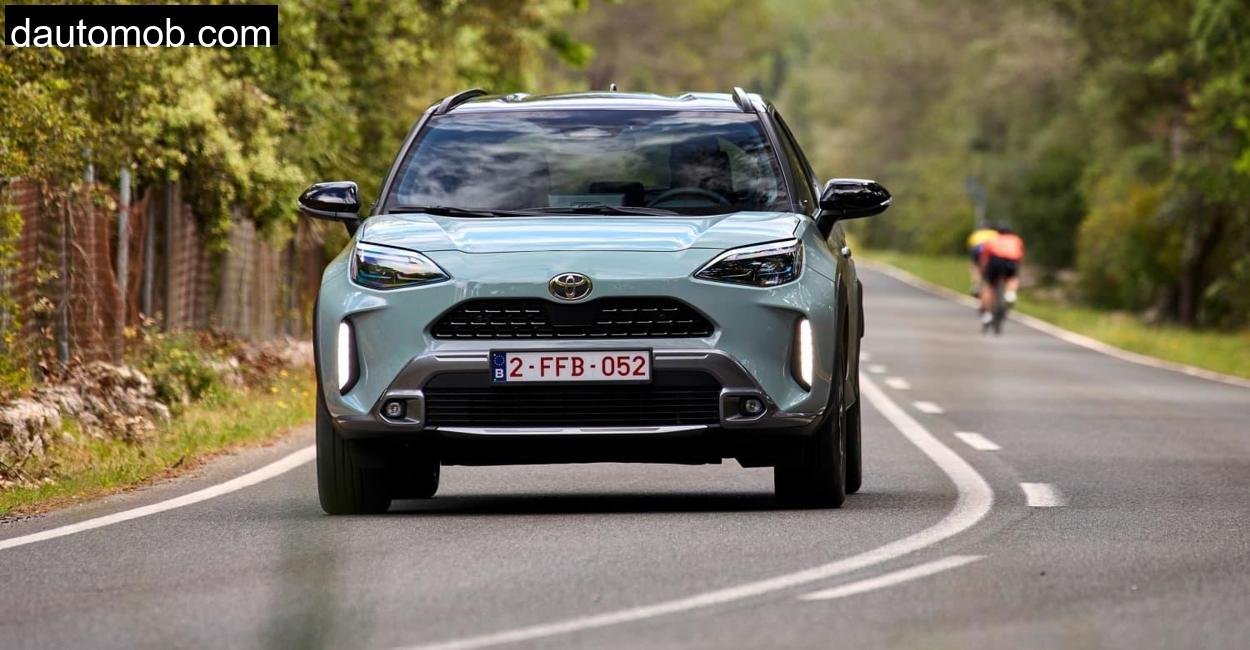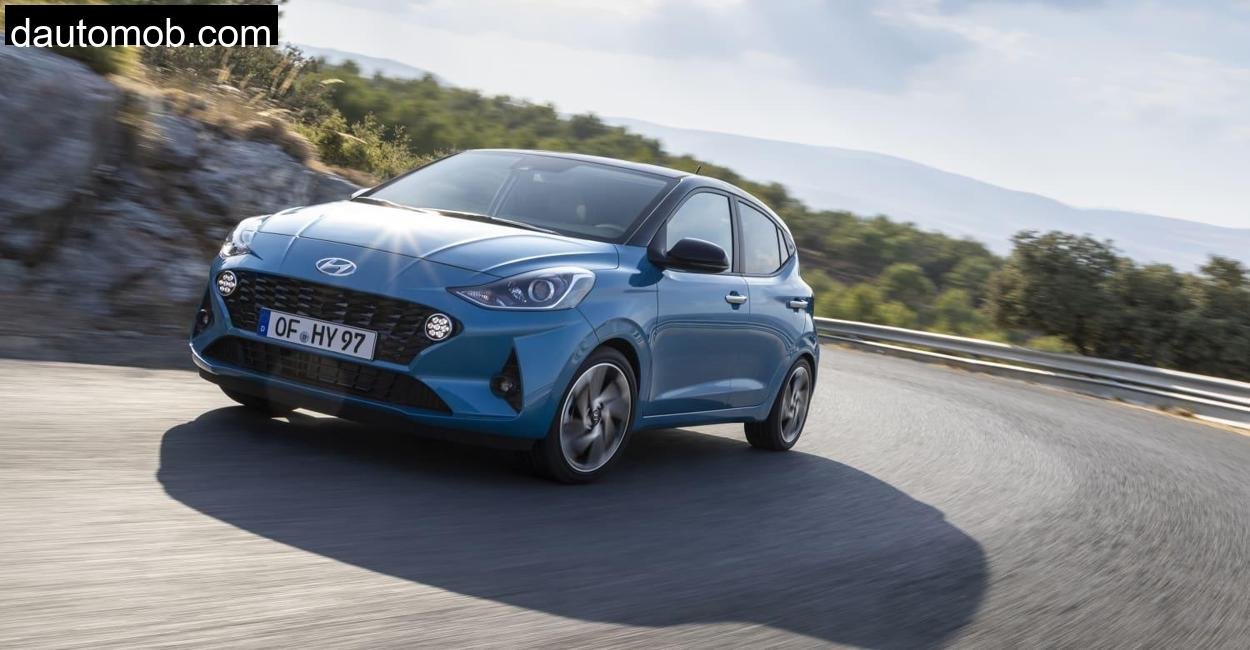There’s a particular kind of silence you get in the Soonwald. It’s not the empty kind , it’s the heavy hush of trees pressed in close, thick moss underfoot, the crunch of forest gravel. On that chilly December morning, I had one hand on the flat, bottomed steering wheel of the Volkswagen ID.5, and the other wrapped around a steaming coffee mug from a roadside bakery in Stromberg. I was alone , just me, this sleek electric SUV coupé, and the deserted trails of one of Germany’s lesser, known forested regions.
The ID.5 looked just right for the setting. Painted in Moonstone Grey and slightly misted from the early frost, it had presence. The stretched LED strip across the tail, the sloped coupé, like roofline, and the smooth, uninterrupted surfaces that define the ID series gave it a space, age silhouette in a very earthy place. But I wasn’t here for looks. I was here to test how VW’s first electric SUV coupé actually drives. Because for all its aerodynamic flair and calm demeanor, the real question was: Could it impress in the way it moved, braked, charged, and adapted to the terrain?
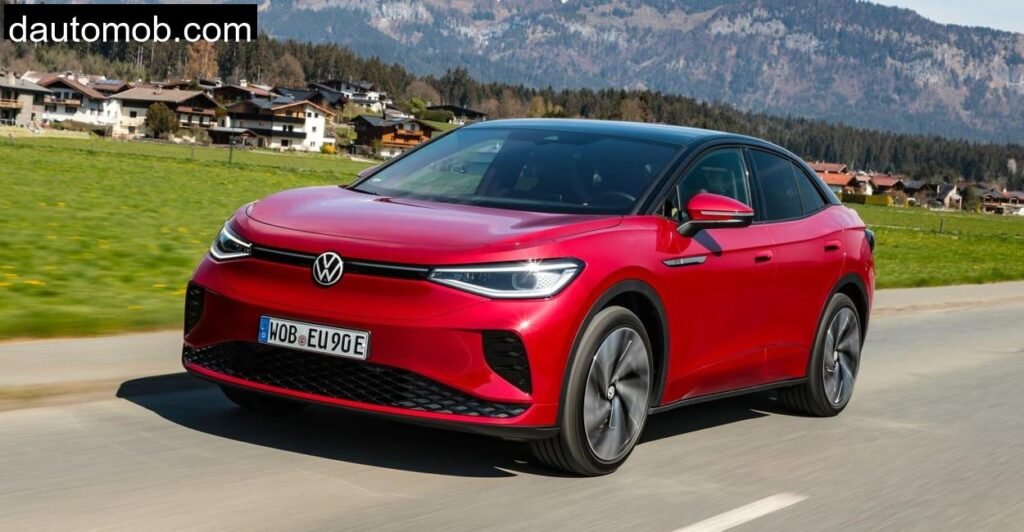
The ID.5 and the Forest: Setting the Stage
Volkswagen positions the ID.5 as the more elegant sibling of the ID.4 , a coupe, style SUV with cleaner lines and supposedly sportier manners. You get a stretched silhouette, a lower roofline, and some sharp visual cues, but underneath, the MEB platform is the same. I tested the Pro Performance version for the bulk of my drive, but also managed a brief sprint in the hotter GTX model.
The Soonwald provided a perfect blend of challenges: fast country roads with crests and dips, logging trails slick with damp leaves, and long stretches of Autobahn leading in and out of the valley. The drive gave me an unfiltered sense of the ID.5’s performance, from tight corners and real, world efficiency to comfort during longer hauls.
Let’s begin with the numbers.
VW ID.5 Pro Performance: Technical Specifications
For trustworthy information, we exclusively use VW’s official website for technical data.
| Specification | Detail |
| Powertrain | Rear, wheel drive, single motor |
| Power Output | 150 kW (204 hp) |
| Torque | 310 Nm |
| Battery Capacity | 77 kWh usable (82 kWh gross) |
| WLTP Range | Up to 520 km |
| Real, World Tested Range | ~400 km |
| Acceleration (0, 100 km/h) | 8.4 seconds |
| Top Speed | 160 km/h |
| Charging (DC) | Up to 135 kW |
| Charging Time (10, 80%) | Approx. 26 minutes |
| AC Charging Capacity | 11 kW |
| Weight | 2,117, 2,242 kg |
| Boot Capacity | 549 L (up to 1,561 L with seats folded) |
| Towing Capacity (braked) | 1,200 kg |
| Price (as tested) | €48,970 |
Everyday Driving in the ID.5: Comfort, Quiet, and a Touch of Lag
Sliding into the cabin of the ID.5 Pro Performance, the first thing you’ll notice is the overwhelming minimalism. The dash is almost eerily clean. There are barely any physical buttons, just a small instrument display and a large central screen that handles most of the vehicle’s functionality. On the move, it feels like a lounge on wheels , quiet, refined, and spacious.
The seats, finished in VW’s ArtVelours, are soft and supportive enough for long stretches. Visibility is decent, though the sloping roof does limit rearward vision and, more noticeably, headroom for taller passengers in the back. I’m 1.83 meters, and I just about had clearance. My six, foot, three friend? Not so lucky.
Rolling along the winding roads outside Winterbach, the ID.5 felt stable but never sporty. The steering is light and electrically boosted to the point where feedback is minimal , you turn, and the car follows, but the sense of connection is distant. The rear, wheel, drive setup gives it good balance, and the ride is impressively composed even on Soonwald’s battered forest service roads.
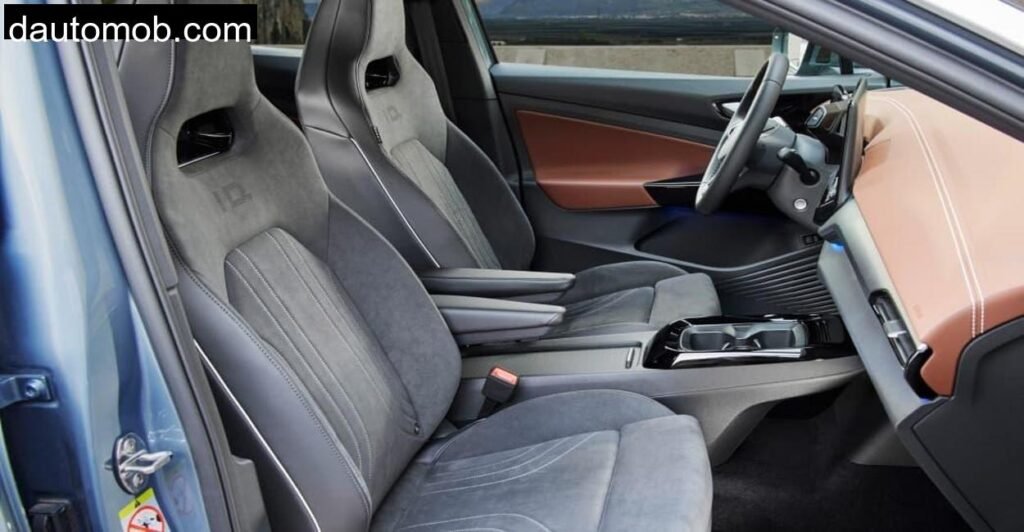
Performance and Power Delivery: Does It Feel Fast?
With 204 horsepower, the ID.5 Pro Performance isn’t slow. In fact, in the city and on tighter country roads, it’s surprisingly nimble. Instant torque (310 Nm) makes merging onto the B41 an effortless experience. From 0 to 50 km/h, it feels alert , nearly hot hatch quick in the way it builds speed. But above 100 km/h, enthusiasm begins to fade.
There’s a clear lack of urgency when you really floor it at higher speeds. The top speed is limited to 160 km/h, which I reached on an empty stretch of Autobahn south of Bad Sobernheim. It held that speed comfortably, but it never felt like it had more to give. I found myself wishing for a bit of the GTX punch when overtaking late on a misty evening.
GTX: The Brief but Punchy Encounter
VW calls the GTX the sport model of the ID.5, and you certainly feel that straight away. With dual motors producing 299 horsepower and a healthy shove of 460 Nm torque, the GTX accelerates like a startled deer , 0, 100 km/h in 6.3 seconds, though it’s still capped at 180 km/h. The ride is firmer, and the steering weight has been slightly dialed up. It’s not a hot hatch in disguise, but it brings an extra layer of dynamism to what’s otherwise a calm, clean experience.
The trade, off? Efficiency. The GTX felt thirstier, especially on hilly roads. Where the Pro Performance hovered around 20.5 kWh/100 km in my real, world tests, the GTX climbed to 24+ when driven briskly.
Charging and Range Anxiety: How Does It Stack Up?
Charging the ID.5 at a fast DC station in Simmern was a breeze. I pulled up, plugged in, and in 26 minutes went from 11% to 78%. VW’s “Plug & Charge” tech worked like a charm , no cards, no apps. It felt…Tesla, like. A rare compliment.
Real, world range in mixed driving hovered around 390, 410 km for the Pro Performance. The cold Soonwald air and frequent elevation changes had a noticeable impact, especially during spirited driving. On one downhill stretch near Dörrebach, I managed to recuperate enough to gain 7 km of range just through regenerative braking , a clever system, but one you have to get used to since there’s no “one, pedal” mode like in a Nissan Leaf.
Cabin Ergonomics and Tech: The Frustrations of Modernity
There’s a lot to like inside the ID.5 , the materials are mostly premium (except for some scratchy plastics on the lower doors), the ambient lighting is slick, and the infotainment system, finally updated in late 2023, is now reasonably quick.
But… the touch sliders for climate and volume are still a pain. Especially at night, unlit and overly sensitive. The rear window controls? A masterclass in overthinking. Instead of four switches, you get two and a toggle for “REAR.” It’s like VW tried to fix a problem no one had.
The new 12.9, inch touchscreen does help , clearer layout, easier access to settings, and over, the, air updates that promise more refinement over time. But some functions, like battery percentage and trip info, are buried deeper than they should be.
Handling and Dynamics: Big Car, Small Road
The Soonwald roads are narrow and not exactly made for two, ton SUVs. But the ID.5 surprised me. It stayed composed, cornered with dignity, and absorbed the worst of the frost, heaved asphalt. Still, you feel the weight , especially during evasive maneuvers or quick changes in direction. It’s not nimble in the classic sense, but it doesn’t fall apart under pressure either.
ESP is tuned conservatively. Very conservatively. During a simulated emergency swerve, it intervened early and aggressively. That’s safe, yes , but it robs confidence at the limit. It’s more about stability than agility.
Conclusion: Is the ID.5 the Electric SUV Coupé to Beat?
The VW ID.5 walks a fine line between elegance and practicality, between innovation and overcomplication. As a long, distance cruiser, family car, and stylish statement, it does very well. The Pro Performance trim is arguably the sweet spot , good range, decent performance, and a manageable price. The GTX is fun, but not necessarily worth the extra unless you want all, wheel drive and a power bump.
Would I buy it? Maybe. If you’re committed to the electric switch and want something a bit more eye, catching than a Model Y or a Skoda Enyaq Coupé, the ID.5 offers a calm, composed, and comfortable package. But be prepared for some frustrating controls and a learning curve with the infotainment.
And yet… as I crested the ridge above Rheinböllen, forest behind me, mist ahead, and silence inside, I smiled. The ID.5 may not be perfect, but in the right setting, it whispers promise.
Is the VW ID.5 better than the ID.4?
Not better, just different. If you prefer a more stylish silhouette and don’t mind the trade, off in rear headroom, the ID.5 might be worth the extra money. Mechanically, they’re nearly identical.
What’s the real, world range of the ID.5?
In my tests around the Soonwald region, the Pro Performance managed 390, 410 km. Cold weather, elevation changes, and speed will affect this.
How practical is the ID.5 for families?
Quite. The boot is spacious, seating is roomy in front, and comfort is excellent. Rear headroom is a bit tight, though.
